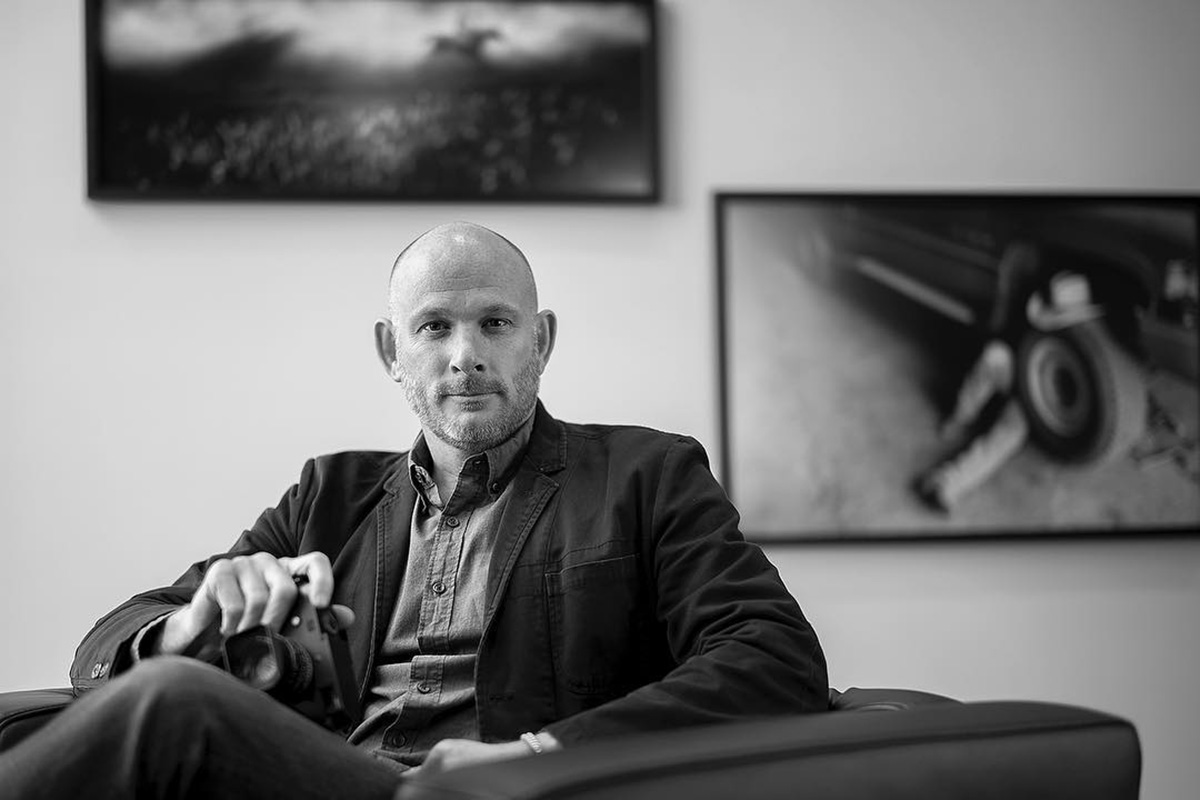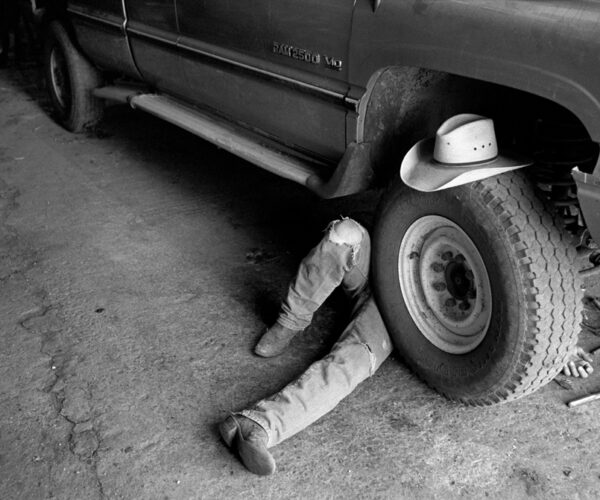

Danny Wilcox Frazier
Documentary photographer and filmmaker Danny Wilcox Frazier focuses his work on marginalized communities both in and outside of the United States. Frazier has photographed people struggling to survive the economic shift that has devastated rural communities throughout America, including in his home state of Iowa. His work acknowledges isolation and neglect while also celebrating perseverance and strength. Frazier is a member of the prestigious VII Photo Agency.
With his photographs from Iowa, Frazier documented those individuals continuing to live traditional lives in rural communities across the state, people challenged economically but often unwavering in their conviction to stay. The project was awarded the Center for Documentary Studies/Honickman First Book Prize and was published in 2007. After completing the book Driftless, Frazier directed and co-produced with MediaStorm a documentary that confronts issues highlighted by his photographs.
Frazier’s assignment work includes: Harper’s, The New Yorker, National Geographic, TIME, ESPN The Magazine, The Atlantic, New Republic, Mother Jones, LIFE, The Sunday Times Magazine, Newsweek, Fortune, Business Week, and Der Spiegel.
His photographs have been included in numerous books including: MVP, Detroit: An American Autopsy, Evidence Detroit, War Is Only Half The Story, Vol. IV, burn.02, Land – Country Life in the Urban Age.
Frazier is the recipient of numerous grants and fellowships including: Aaron Siskind Foundation, Individual Photographer’s Fellowship (2016), Emergency Fund, Magnum Foundation (2016), The Aftermath Project (2009), Humanities Iowa, an affiliate of the NEH (2009), W. Eugene Smith Grant finalist (2007 and 2008), and the Stanley Fellowship for Graduate Research Abroad (2003). His photographs are in public and private collections, including: The Museum of Fine Arts, Houston, Philadelphia Museum of Art, George Eastman House International Museum of Photography and Film, Duke University’s special collections library, Honickman Foundation, and Smithsonian, National Museum of American History.





